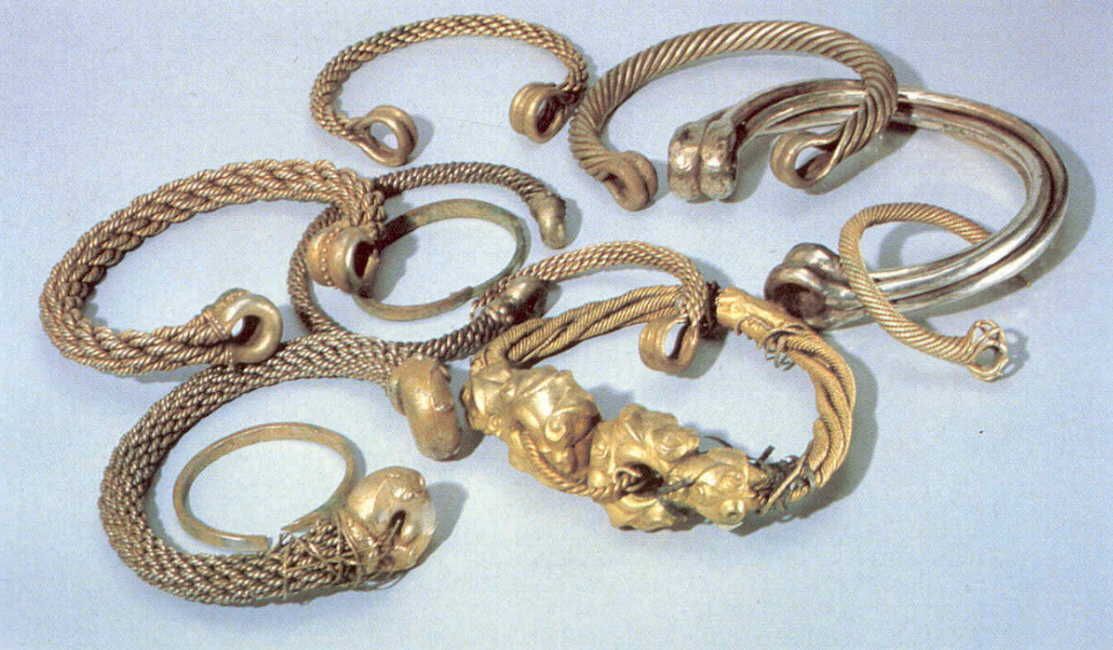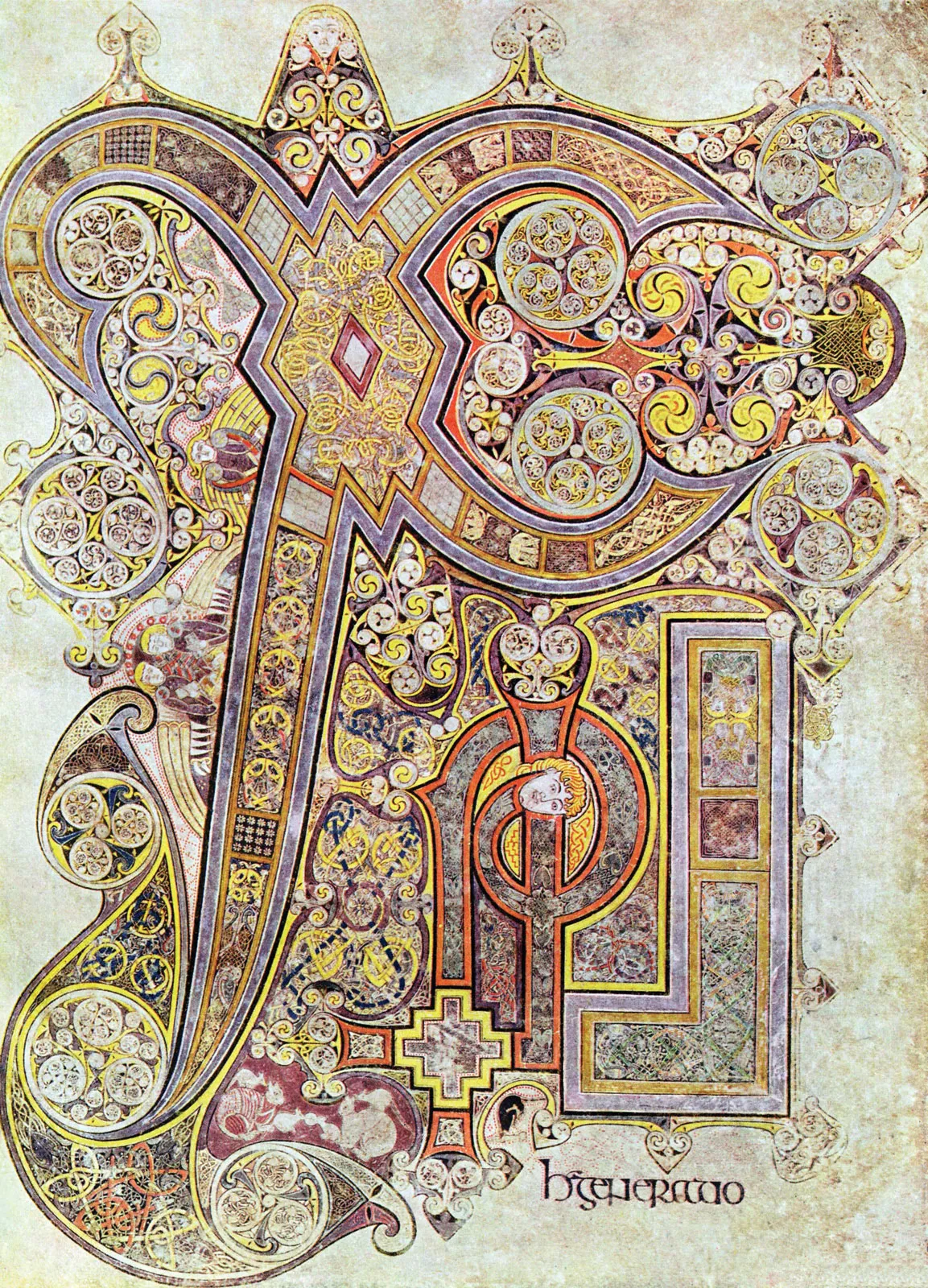

The History Of Celtic jewellery has a rich history that dates back over two millennia. Here is an overview of the history and making of Celtic jewellery:
The term “Celtic” refers to the culture and people who lived in the Celtic regions of Europe, which include Ireland, Scotland, Wales, and parts of England, France, and Spain.
The Celts were skilled metalworkers and used materials like bronze, gold, and silver to craft their jewellery.
Torcs, a type of neck ring, and brooches with intricate designs were common forms of Celtic jewellery.
Celtic jewellery often featured symbolism related to nature and spirituality. Common motifs included animals like the boar, birds, and serpents.
Over time, Celtic jewellery design evolved and incorporated influences from other cultures, such as Roman and Christian styles. Christian crosses and interlacing knotwork became prominent motifs in Celtic jewellery as Christianity spread through the Celtic regions.
The 19th-century Celtic Revival movement played a significant role in bringing Celtic art and jewellery back into the mainstream. Artists and craftsmen drew inspiration from ancient Celtic designs.
Today, Celtic jewellery remains popular, and artisans continue to create pieces with traditional designs, often using materials like silver, gold, and gemstones.
The following steps outline the process of making Celtic jewellery
Design: Craftsmen create intricate designs with Celtic motifs, which are often inspired by historical patterns and symbolism.
Material Selection: Choose the appropriate materials, which can include metals like silver, gold, or copper, and gemstones for embellishments.
Metalwork: Craftsmen use techniques such as casting, forging, soldering, and engraving to shape and detail the metal.
Engraving and Detailing: Celtic knots and spirals are meticulously engraved or embossed onto the metal. These designs may be symbolic or purely decorative.
Modern Celtic jewellery makers often use a combination of traditional techniques and modern tools to create unique and beautiful pieces. The symbolism and intricate design patterns of Celtic jewellery continue to captivate people, making it a timeless and enduring art form.
The Celtic cross is a well-known and distinctive form of cross that has its roots in Celtic and early Christian art. Here’s an overview of the Celtic cross:
The cross itself represents Christianity and the Christian faith. The intersection of the vertical and horizontal arms symbolizes the junction of divine and earthly forces.
The exact origins of the Celtic cross are debated, but it is believed to have developed in the early Christian period in the British Isles, particularly in Ireland and Scotland.
Some theories suggest that the Celtic cross may have evolved from the pre-Christian symbol of the sun, which was an important element in Celtic spirituality.
The Celtic cross has been used as a religious symbol by both Catholic and Protestant Christians in Celtic regions.
In addition to its religious significance, the Celtic cross is also used for secular purposes and as a decorative motif in various forms of art, jewellery, and clothing.
Many people of Celtic heritage or those who appreciate the design incorporate the Celtic cross into their personal accessories, clothing, and tattoos.
There are various interpretations and designs of the Celtic Cross. Some have more elaborate and intricate knotwork, while others are simpler in design.
Over time, the Celtic Cross has been adapted and incorporated into various artistic and cultural contexts, resulting in a wide range of styles and interpretations.
The Celtic cross is a symbol that continues to hold cultural and spiritual significance for many people, both within and outside the Celtic regions. Its unique design and rich symbolism make it a popular and enduring symbol in art, jewellery, and religious practices.
The triquetra and knotwork are two distinct but related Celtic design elements often used in Celtic art and symbolism
The triquetra, also known as the trinity knot, is a classic Celtic symbol that features three interlocked arcs or loops, forming a triangle-like shape with three corners. Some common interpretations include:The Holy Trinity in Christianity, representing the Father, Son, and Holy Spirit. Life, death, and rebirth, signifying the cyclical nature of life. The three domains of Earth, Sea, and Sky, symbolizing nature’s interconnectedness. Celtic knotwork is a distinctive artistic style that uses interwoven patterns and intricate designs, often based on repetitive, continuous lines. These designs may or may not incorporate the triquetra.
Knotwork. Both the triquetra and knotwork are integral parts of Celtic art and symbolism, known for their intricate and timeless designs.
Celtic signet rings, like many forms of Celtic jewellery and symbolism, have a the history dating back over centuries. Here’s an overview of the history of Celtic signet rings:
Celtic signet rings featured intricate Celtic motifs and designs, such as knotwork, animals, and spirals. These designs were not only aesthetically pleasing but also held symbolic significance, often related to the owner’s clan, family, or spiritual beliefs.
The design on the ring’s face would leave an impression in wax or clay as a form of authentication or personal mark.
Celtic signet rings served a dual purpose, combining functionality with artistic and symbolic value.
Over time, as Celtic culture interacted with other cultures and underwent changes, the design and symbolism of Celtic signet rings evolved.
Some signet rings began to incorporate elements from Roman, Viking, and Christian traditions as these influences became more prominent in Celtic regions.
The 19th-century Celtic Revival movement played a significant role in renewing interest in Celtic art, including signet rings.
Modern Celtic signet rings often carry significant personal and familial meaning for their wearers. They may feature family crests or other symbols important to the wearer’s heritage.Some people choose Celtic signet rings to connect with their Celtic ancestry or to express their appreciation for Celtic art and culture.
Celtic signet rings, like other forms of Celtic jewellery, have a deep and enduring connection to Celtic heritage and artistry. While their historical function as seals may have evolved with modern communication methods, these rings continue to hold great value for their craftsmanship, intricate designs, and the cultural and personal significance they convey.